The fitness world is rife with fads, lousy advice and near useless products that profess to achieve maximum results with minimal time and effort. In the vast majority of cases the person, product or program has no business being included in serious strength and conditioning discussions. There are of course a select few thought leaders and sources out there that not only talk the talk but more importantly walk the walk when it comes to proven methodologies and systems that create the kind of results the serious mountain athlete demands.
But these individuals and their various written and online enterprises can be counted on both hands, and if we were to drill it down to truly “mountain fitness” applicable tools, programs and methods the list gets even shorter. Pavel Tsatsouline (pronounced Sat-Soo-Lin) and his most recent entity StrongFirst are arguably at the top of that short-list.
In recent memory, few tools have had as disruptive an effect on the strength and conditioning world as the kettlebell. Now ubiquitous across North America, it is without question one of the most effective strength and conditioning tools the fitness industry has ever seen. Training for power? Check. Training for maximum one rep strength? Check. Training for field applicable transferability? Check. Amongst many of the world’s top researchers, clinicians and strength and conditioning professionals the kettlebell is considered the most real-world applicable tool to find its way into our programming and StrongFirst’s chairman and founder, Pavel is credited with introducing the cannonball with a handle to the West. From elite military and law enforcement units to post-surgical back rehab patients, Pavel’s methods have been utilized with amazing results. And with the launch of StrongFirst in recent years he and his team are just getting started. With systems and methodologies now encompassing “traditional” barbell and bodyweight based programming StrongFirst has shaken up the industry with a simple phrase: Strength Has a Greater Purpose. And we could not agree more.
We sat down with StrongFirst’s CEO, Eric Frohardt, a former SEAL and an avid mountain hunter to go deep on how they have built one of the most impressive teams of professionals and one of the most innovative companies the fitness industry has ever seen.
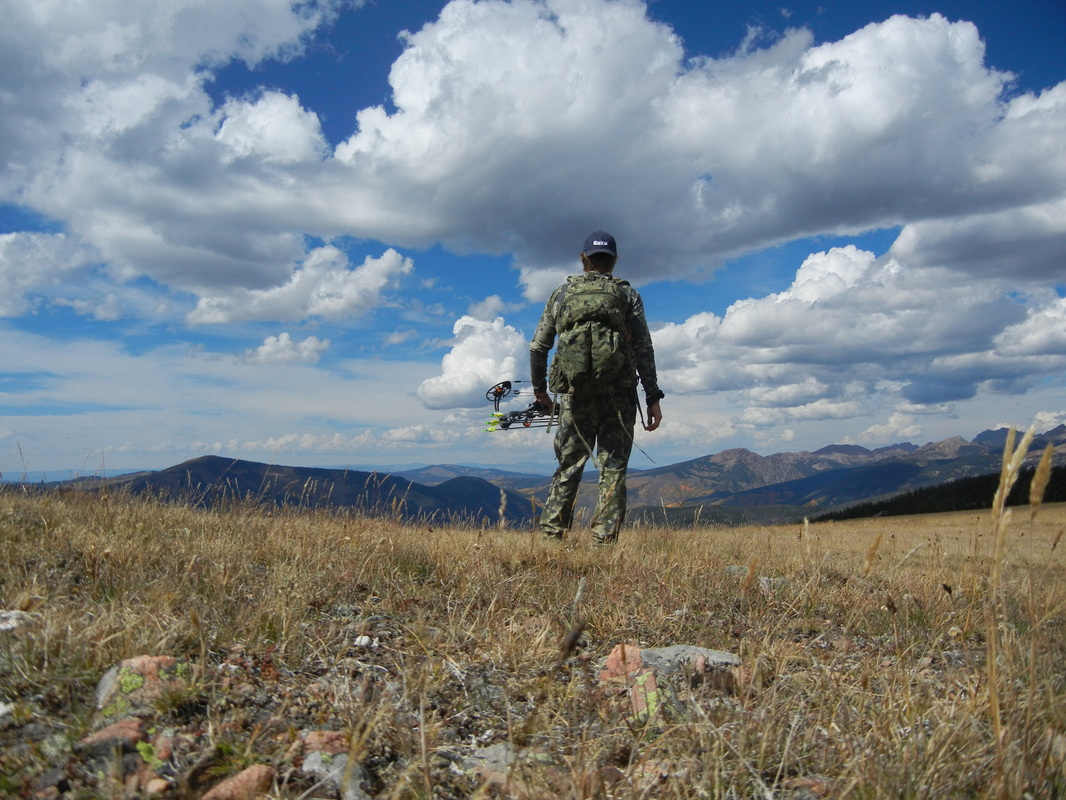
It all does start with Pavel, our Chairman and Founder. He started the “Kettlebell Revolution”, if you will, in 1998. He was the person who introduced the big cannon ball with a handle to the Western culture and along the way has trained everyone from top tier operators from all branches of the military and law enforcement, soccer moms and weekend warriors all using the same principles. I forget exactly when he started it but I believe it was in the early 2000s when he started offering the Russian Kettlebell Certification through Dragon Door and while he was there wrote a number of best-selling books on kettlebell training, and strength and conditioning. He left a couple of years ago to start StrongFirst.
Excellent. How did you get involved?
Well, I’ve always been into working out – fitness, strength conditioning, whatever you want to call it. I grew up on a farm in Iowa and went off to college for a year and decided I wanted to try and play football; I did not do that well. I did end up dropping out of college on a bet that I couldn’t become a Navy SEAL!
So there I was in a dorm room watching a movie about SEALs and I said I was going to become a SEAL and someone bet me I couldn’t, so I enlisted that week. Fast forward a little ways and I made it through boot camp and showed up at BUD/S [Basic Underwater Demolition/SEAL] and made it through, and spent roughly twelve years in the Navy. Most of it at as a SEAL. I volunteered as early as possible and remained a SEAL as long as I could serving on both the East and West coasts of the US.
I did my fair share of deployments and, if you haven’t noticed, I’m typically pretty vague when I talk about my career in the military. I did sign an NDA while in the Navy and I do honour that to this day. I did get a lot of really cool training along the way – weapons, diving, demo, parachuting, communications, medical, navigation training. Also, small unit tactics and survival training, combative driving, climbing – I even got to climb “El Cap”, Denali and Aconcagua while I was in the Navy.
I actually met Pavel – he had come to our team to show us how to use these kettlebells we’d been dragging around the world since the early 2000s – through one of my best friends in the Navy, John, who was also a very close friend and student of Pavel’s. John, if you’re not familiar, has been mentioned in a few of Pavel’s books. John died in Afghanistan in August 2011. He is how I met Pavel and I kept in touch with Pavel ever since I met him.
I was medically retired at the beginning of 2010; moved onto Denver and opened up an indoor gun range, gun store and firearms training facility called BluCore Shooting Center. In fact, it is still open to this day and is being run by my business partner and former team mate, Sean. So another former SEAL is still running that range.
I stepped down from the day-to-day at BluCore Shooting Center to become the CEO of StrongFirst and have always been impressed by Pavel, StrongFirst, the system, the culture, the people, the principles and would not have taken this job as the CEO if I really didn’t believe in it. I used the system myself, particularly the kettlebell training, to prepare for deployments, and those mountaineering trips mentioned, as well as other “adventures”.
And now that I live in Colorado, I have embraced the mountains and mountain lifestyle. I love skiing, hiking, camping, fishing and most of all, I do love mountain hunting. I daydream about back country, backpack hunting all the time, specifically with a bow.
Last year I killed a deer and a pronghorn with a rifle on a couple of meat hunts. I also killed a bunch of pheasant and chukar with a shotgun and even got a turkey with my bow right around Thanksgiving. So, me and my kids, we love eating wild game and I love hunting but the type of hunting I’m most excited about is the back country, backpack style mountain hunting with a bow specifically elk, high altitude deer, moose and mountain goats and sheep. This style of hunting kind of fills a void left in my life when I retired from the SEAL teams. It requires really good gear, a lot of practice and preparation, both physical and mental, as well as training and a lot of planning and logistics just to execute. In many ways it’s very similar to a ‘spec ops’ mission and it fills that void for me now that I’m not a SEAL.
I really just enjoy everything. Starting early in the year, I start shooting my bow once a day as part of my morning routine and I obviously work out year round but as the year gets closer to hunting season, I start building a program to get ready for mountain hunting and I really enjoy that aspect of it too.
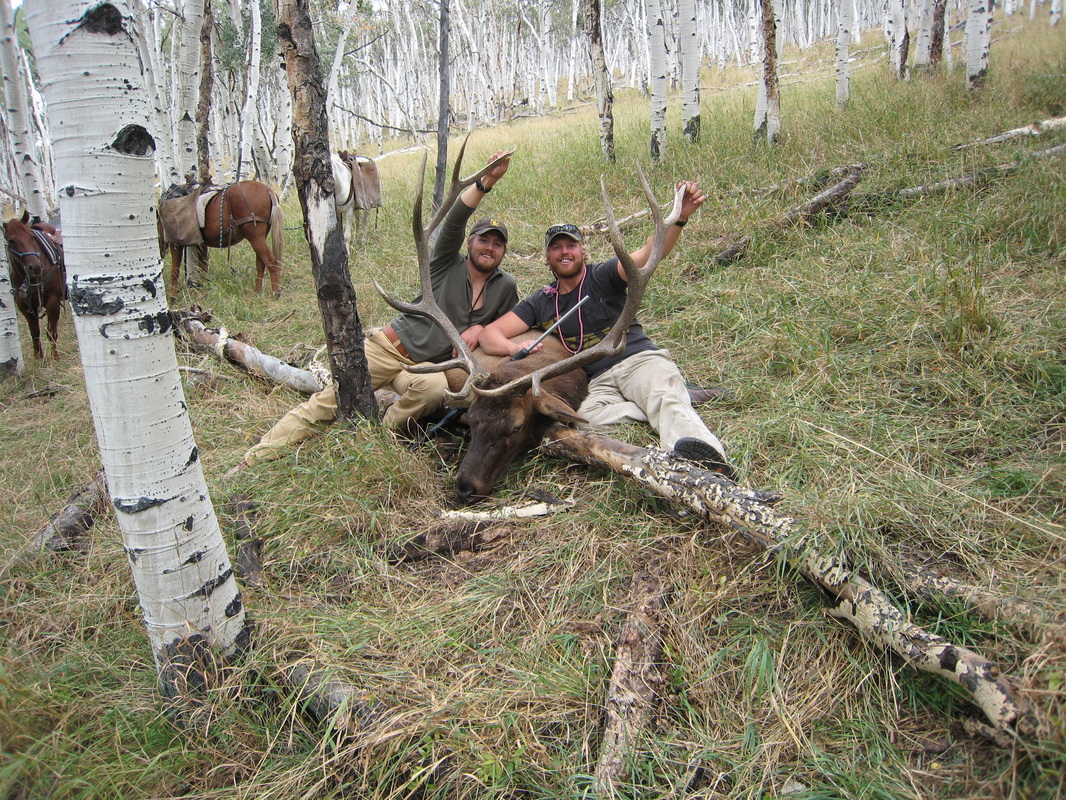
Yeah. Of course I want to be successful but here in Colorado if you’re hunting on public land with an over-the-counter tag, not on private land or preference points, the success rate is 10%. So to shoot an elk on that style of hunt with a bow is incredibly difficult and we have the largest elk population in the US! But the cool thing about that stat is there are a small percentage of people that are successful every year. Once you learn it and dedicate yourself to it, you can be successful and I hope to get there at some point.
Did you grow up hunting?
I grew up hunting pheasants and rabbits and stuff like that. I grew up in Iowa – I always wanted to hunt deer and I went deer hunting a couple of times with my bow but never did get one with my bow. I grew up being fascinated by hunting but being on the farm, I had to work a lot so I didn’t get a lot of opportunity for it other than small game.
What’s quite interesting is some of the most ardent and passionate mountain hunters out there grew up as “flatlanders”.
I think that fits me to a tee. I grew up in Iowa and it’s very flat. It’s a rough place as far as the weather goes, especially in the winter but there’s not a lot of topography there. As a kid, I would read stories about guys bow hunting in the mountains and it really appealed to me, but it wasn’t until my adult years that I finally got an opportunity to fulfil those childhood dreams.
Let’s get into the StrongFirst programming. There are a variety of specialisations or sub-specialisations within the overall system. Obviously Pavel and now StrongFirst are well known and well regarded for the kettlebell programming and instruction but StrongFirst also has barbell courses and certifications and bodyweight courses and certifications as well. So why don’t you walk our readers through the various “streams” beneath the StrongFirst umbrella.
Sure. There are obviously some similarities with all of them as well as some differences. I’ll start with the similarities.
We build strength using powerful tools and a universal set of principles. The tools we use are the kettlebell, the barbell and bodyweight. All of our certifications and user courses complement each other because of these universal principles. Kettlebell training done correctly has a lot of real world application. It can and has improved everything from a deadlifter’s one rep max to a cardio specialist’s timed run. We have seen the same complementary effects with our bodyweight and barbell certifications occur with people who are just primarily kettlebell practitioners. So again, the universal principles remain consistent no matter the “tool” being used to develop strength.
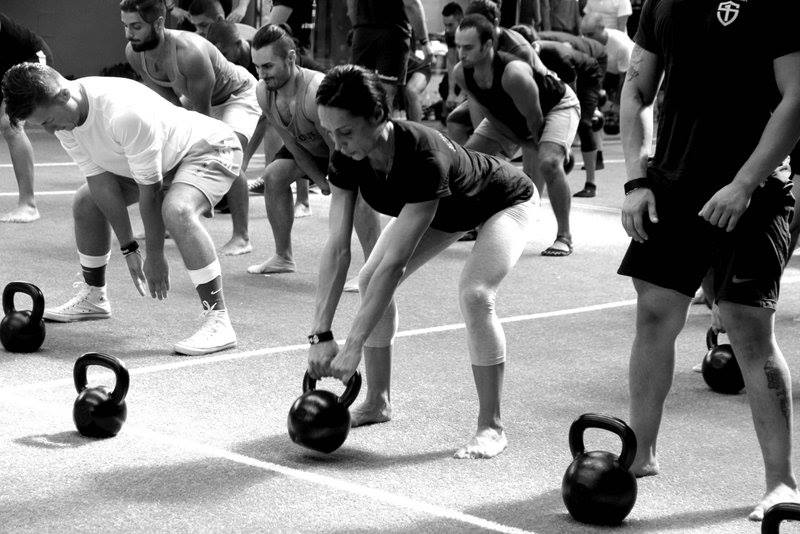
You’ll see a lot of not just kettlebell certifications that compete with us but a lot of other fitness courses and instructors cover a few dozen movements in two days so we’re pretty narrow and deep.
The instructors at our certs, they are the most experienced, sought after instructors on the planet. They’re all handpicked by Pavel. We have incredibly high standards. Instructor candidates must not only be strong, but they also have to demonstrate perfect technique and be able to teach the skills to others. We are criticised a lot for having too high a standard and in a lot of ways we like that criticism.
Teaching: we train our instructors to be teachers. They have to be able to spread the message of strength not just demonstrate it. We’re not just performers. It’s important that they perform the movements but it’s also important that they know how to teach it to others.
Right. An athlete is not the same as a coach.
Absolutely. And so our Kettlebell Level 1 Certification is kind of our flagship product. The curriculum was developed by Pavel who, as I mentioned earlier, pioneered the “Kettlebell Revolution”. We are seen as the global leader or the gold standard in kettlebell certifications.
As I mentioned, we spend three days teaching only six exercises so it’s incredibly narrow and deep. They are tested on their form and it must be perfect. They are tested on their strength and their power endurance through our five minute Kettlebell Snatch test. It just helps us make sure that the people who pass the test prove to us that they have prepared for the certification and they have taken it seriously.
We also have the Level 2 Certification which is available only for Level 1 instructors and essentially they review and retest the Level 1 standards with a few additional tests. They have technique drills on different exercises, as well as a strength test. Specifically, our men, they have to do a one-half bodyweight kettlebell press and the women, one-third bodyweight. So, it’s a pretty high standard and it just proves to us that those Level 1s who wanted to take it to the next level took it very seriously and put in the preparatory work.
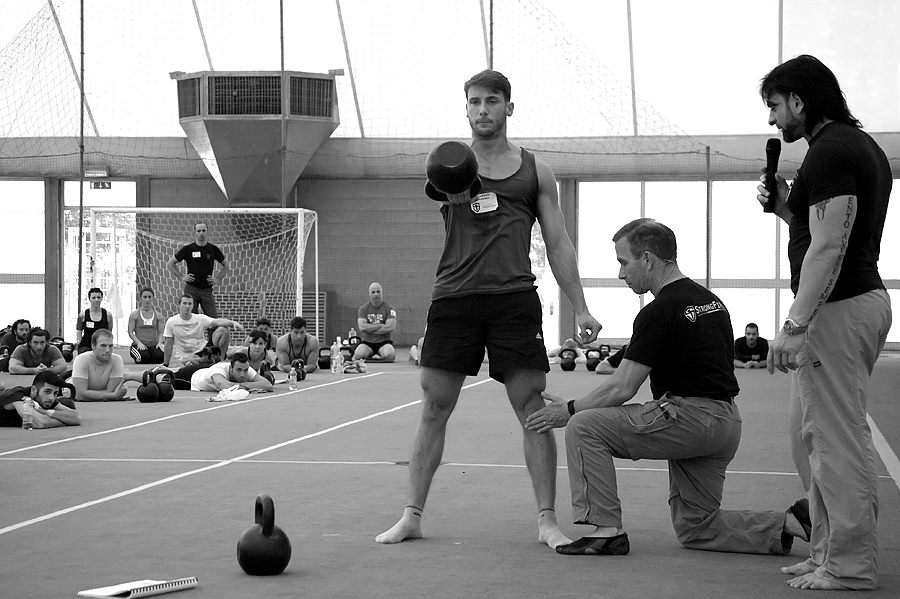
We have seen a lot of people take this SFL – it’s really grown in popularity recently – and a lot of people have commented to us how impressed they are just with the intricacies of the technique and setting up for the lifts and things of that nature.
We teach the back squat, the bench press and the deadlift, the powerlift as well as some of the accessory lifts – the front squat, the Zercher squat, the Good Morning, the Military Press, and a few different bench press variations. There is a strength test on the deadlift and the bench press as well as a technique test on the back squat, deadlift and Military Press.
So it’s very, very in-depth and it’s a very thorough certification on use of the barbell.
The SFB, StrongFirst Bodyweight: Instructor candidates are taught the same principles of strength and apply it to using the human body. Pavel has systematised some of the strength skills from a variety of different disciplines including ancient martial artists, cutting edge neuroscience, powerlifting, gymnastics and just a bunch of really cool principles from all of those different disciplines. It’s organised into a very logical, straightforward system that most people who take it, will see immediate strength gains just in their ability to generate tension. We believe, and we teach this in all of our certs and all of our courses, strength is a skill. It’s something you can practise and the Bodyweight Certification is no exception.
We teach the one-arm push-up, with one arm and one leg push-up, the wall-supported handstand push-up, the tactical pull-up, the hanging leg raise, the front lever and, of course, the pistol, or the one-legged squat. Those are the movements we teach and we ensure that our instructor candidates can teach these movements as well. As with our other certifications, there are high standards.
We have a strength test for men – they have to be able to do a one-arm one-leg push-up. And for women, they have to do a one-arm push-up. And it’s very cool when we have events with our leadership. We have a lot of strong people in our organisation obviously and Pavel is incredibly fond of saying, ‘Our women are stronger than a lot of people’s men’.
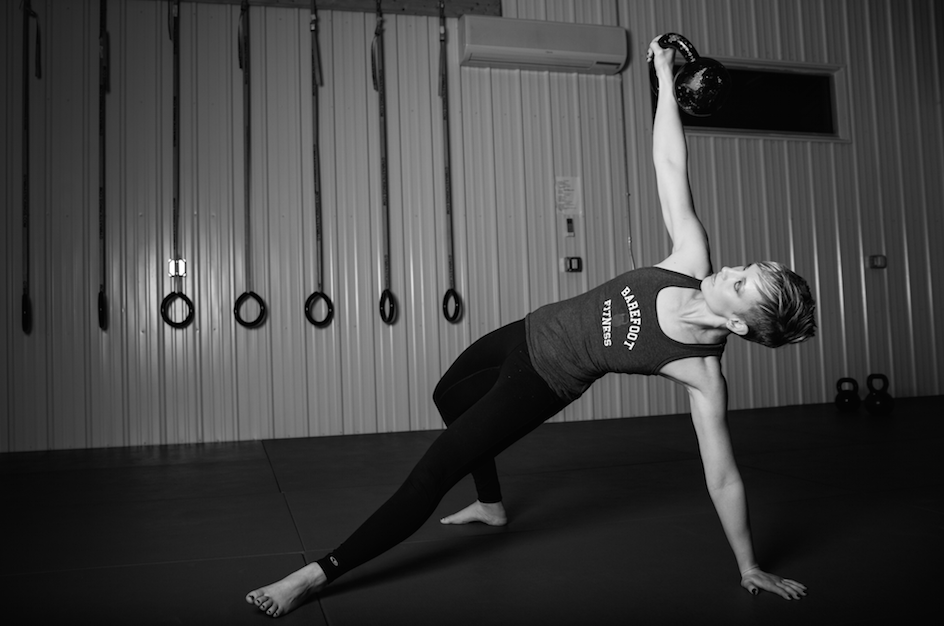
So for the non-fitness professional, someone who is not necessarily planning to coach or train others, but who just wants to learn more about the principles and the methodologies, are one of the courses the best starting point?
Yeah. For a mountain hunter, the kettlebell is an incredibly effective tool. It never fails. I was at a martial arts gym just the other day and saw an absolute travesty of a kettlebell swing happening. I see it at gyms all over; I see people who pick up a kettlebell and watch three YouTube videos and think ‘Oh I got it!’ or people who don’t even do that.
So I think a really good entry point – there are a couple – but our one day SFG Kettlebell User Course is an excellent overview. It’s a full day and it teaches the basics of using a kettlebell on your own, not to be an instructor. We do have a lot of User Courses, more this year than ever. I think another great entry point for people who live in remote areas where it’s harder to get to a User Course, is to find an SFG certified instructor. If you can’t wait for a User Course, just go get a few lessons with an instructor on some of the basics and get the technique down. Really, the beauty of the kettlebell is that you do not have to go to a gym but on the same hand, you want to get the correct form before you start doing it on your own.
Once you get that form dialled in, that technique, maybe once in a while go back to that instructor and just have him or her, tweak your form a little bit and have them help you design a program, either a kettlebell program or somehow just using the kettlebell to augment the training you’re already doing.
Right and I think it’s important we clarify a key point here. For an SFG Certification, attendance does not equal a pass. The people attending these courses who achieve the level of certification, whatever level that may be are not simply receiving the certification by attending the Certification Course. They do in fact actually have to pass and meet or exceed those high standards? Is that correct?
Absolutely. Yeah, with all of our certifications, we have incredibly high standards for both demonstrating the technical proficiency of the various lifts as well as strength standards. Because we are StrongFirst!
But to make sure that is abundantly clear for our readers, someone who has any one of the SF certifications cannot not show up, zone out for the weekend and still get their certificate at the end. They have to walk it, talk it, show it.
Yes, absolutely. They have to earn it and they have to re-earn it every two years. It is not given and because of that, many of the people who attend our certification are not necessarily fitness professionals or personal trainers or anything of that nature. They just attend because they treat it as somewhat of a selection activity and they’re proud to be an SFG even if they only teach someone once in a while or not at all. It’s kind of a feather in the cap.
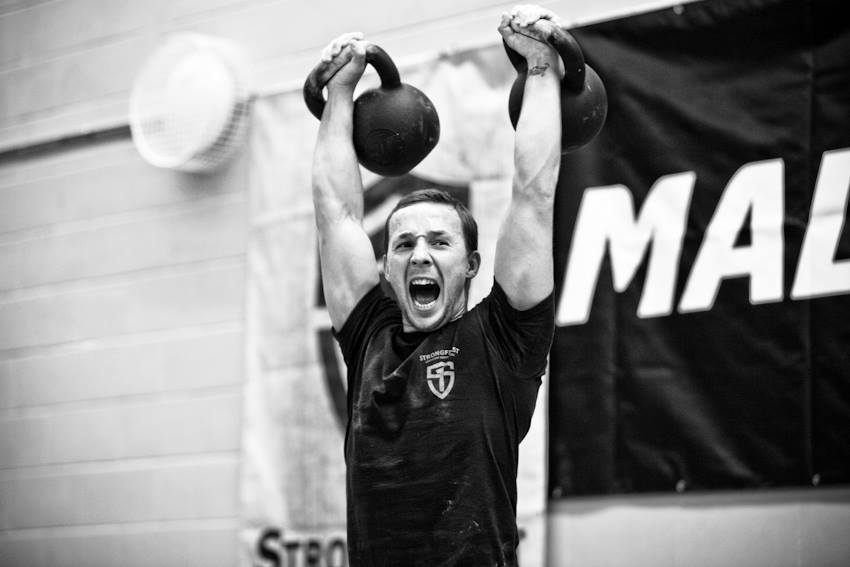
I very much agree with you. It’s funny you mention Simple & Sinister. It’s Winter obviously and I’m skiing every weekend. I live about two hours from Vail, world class skiing, a lot of fun. This year I have been doing, well since the end of last year, I have been doing the ‘Simple & Sinister’ program and 1) it’s incredibly easy to fit into your schedule, 2) it works when you’re not really working that hard, it can be used as a stand-alone program, and 3) it also works well if you incorporate it with your pre-season hunting i.e. hiking and other activities.
What’s shocking to me is how fit I’m getting just by doing these two movements, obviously some goblet squats and some halos for my warm up, but then the one-arm swing is so efficient and so effective at strength and conditioning, and then the get-up is just a great way to round it out.
I am now able, for the first time since I’ve lived in Denver, to ski two days in a row including skiing bumps and my back doesn’t hurt anymore. And that’s just by doing the ‘Simple & Sinister’ program. And I have herniated discs from being in the Navy so I’m really a big fan of this program. This is one thing that really sets us (StrongFirst) apart, the concept of treating your strength training session as a practice and not a workout as I think that approach is more sustainable over the long term. Mountain hunting on its own is incredibly strenuous and if you’re working out too hard, you’re only going to reduce your career or the time you’re going to be able to handle the demands of mountain hunting. So if your training is hurting you, just a little bit each and every week, in the long term you’re taking years off your ability to hunt in the mountains effectively. So if you can have efficient and effective training that does not injure you, that is smart training and makes you stronger, and is more sustainable, then I think you’re going to enjoy a longer career of mountain hunting.
Movements that are intelligent and have the added benefit of developing strength and conditioning are the mountain hunters’ bread and butter if you put emphasis on longevity and durability. If you just want to get shredded or ripped, well there are a lot of ways to do that.
And that brings up Pavel’s methods – they are time honoured, battle tested, podium proven. The fitness industry is very fickle. It’s always chasing the latest and greatest and people would be more successful if they stuck to the basics if they did them better. People jump from program to program and don’t reach their goal, well they don’t give the program enough time and I think what really sets us apart is not just the system that Pavel has built with the help now of all of our leadership, but our culture, our principles and most importantly, our people. Our instructors are truly what set us apart and I tell people this all the time, they are the strength of this organisation. You won’t interact with a more professional crew than when you attend our certs and our courses.

First and foremost, the system works. Nationally renowned athletes have used it and proven it works. Examples I could give you are power lifters and triathletes. They have used the same movement, the kettlebell swing, to improve their lifts and their times. World class trainers or fitness professionals have used it and they rave about it, experts in rehab and movement – Stu McGill, Gray Cook, Brett Jones – sports medicine and injury rehabilitation professionals, have used it and I think it’s just because they’ve tried it and they’ve proven it works.
Also, our culture attracts certain people. You rarely find the kind of camaraderie we have outside the military, law enforcement or first responder community. And I think it’s our system, our culture and most importantly, our people. Because of our standards, we end up having great SFGs, SFLs and SFBs in our leadership and when others encounter these people, they tend to be impressed. Whether it’s how they present or how professionally they handle others. So to summarize there: our system, our culture, our people. They attract these industry leaders, if you will.
Right, high calibre people tend to attract other high calibre individuals, like a magnet.
Okay, so last longer form question and then we’ll get into the rapid fire questions to close it out. You wrote a great post on the StrongFirst blog called “Balance…With Priorities” and you touched on a subject that many of us struggle with. It can be very difficult to balance the real world – family, kids, jobs, etc. – while both mentally and physically preparing for mountain hunts. So, let’s get into that blog post a little bit because you cover some really key points and it plays into both the benefits of the StrongFirst system and its simplicity and efficacy, but also your personal experience managing your role at BluCore, and now CEO of StrongFirst and your family and kids.
You can’t just focus on one or two things otherwise everything else will fall apart. There are times when you have to focus on one thing and that’s fine, focus is incredibly powerful. But if you live in that world of focus too long, other things will suffer. You’ll get to the end of your life realising you really haven’t lived, all you’ve done is focus on work or whatever it was you were focusing on. That also being said, if you’re too balanced, you’ll make progress in a hundred directions and never truly accomplish anything. So it’s a challenge and I use it as a mantra and I don’t claim to have it figured out but it’s important you have to try and figure out how you can maintain a balance, yet when appropriate, have some priorities.
My answer to having balance with priorities is knowing what to put first each and every day. Measure and monitor the time you spend on things and if you spend all of your time at work and you spend no time with your family, or no time worrying about your health, your finances, your fitness or other areas in your life, eventually you will have to stop what you are doing to catch up on those things and at that point that thing you were focusing on, in most people’s case it’s work, will suffer because you didn’t maintain those other areas.
So it’s most sustainable over the long haul to have some balance but it’s also a double-edged sword. If you have too much balance you won’t get anything done. And I think you can apply this to fitness or strength and conditioning. You need to have balance and have some agility and quickness, some power, some speed, obviously strength and the ability to move but if you try to do everything, you’re really not going to get anywhere so it’s good to have an overall approach and then once in a while, have a priority. It could be, as an example, ‘I’m going to achieve the two times bodyweight deadlift, or I want to be able to do 25 strict tactical pull-ups’.
My priority for me personally right now is to pursue the simple goal laid out in ‘Simple and Sinister’ and I’m making good progress towards that priority because I’m focusing on it. So I made a conscious effort to focus on that one goal right now versus a dozen or so fitness goals I have.
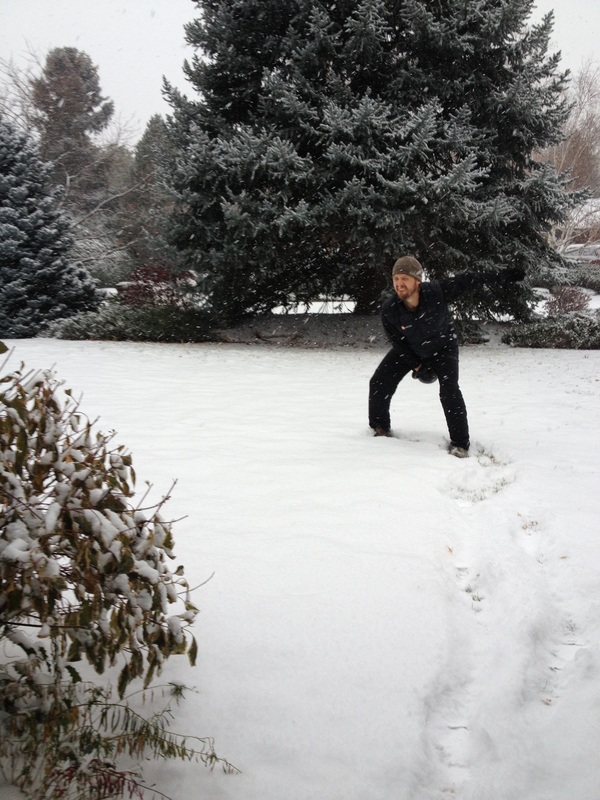
If you could hunt with one weapon only for the rest of your life, what would it be?
It would definitely be the bow, and if I had to get specific, it would be a long bow. Right now I’m using a compound just to get more experience but I would love to switch back to the long bow because when you’re shooting traditional archery, long bow or recurve, I think everything is a trophy.
Right, very good point. What’s your favourite species to hunt?
Elk.
Bucket list – what is the top of your bucket list from a hunting standpoint?
Well, I would have to say sheep, Rocky Mountain Bighorn specifically.
What is the most difficult or challenging hunt you’ve been on and why?
Yeah, my most difficult hunt was definitely two years ago. I had a five day back country hunt. Some of it was with a friend and some of it was alone so it was a combination of solo hunting and hunting with a buddy, but I covered about 45 miles and at least 30,000 vertical feet in that hunt. I got close in on a bugling bull, but never closed the deal but the challenge for me was obviously physical, the mileage and my back and my legs felt great but I wasn’t wearing good boots. So my feet really, really hurt and I learned a good lesson there, not to skimp on footwear when it comes to that style of hunting.
Also, the mental part of it – sleeping out under the stars without a tent. The first few times you do it, every noise you hear, you swear is a bear or a mountain lion so it’s kind of invigorating but it was incredibly challenging. I think it’s a great way to make yourself better.
Indeed. And what would be the most satisfying hunt you’ve ever been on?
You know, I think it was the same hunt. Going through both the mental and physical hardship of that hunt really made it unbelievably satisfying. I hope the next time you ask me that question, I can say that it was this Fall when I stuck an arrow in a giant six by six however! But we’ll have to wait and see won’t we?
We’ll give you a chance to answer that question next year, that’s a promise! Last question, if you could do one kettlebell exercise for the rest of your life, what would it be and why?
It would be the swing (kettlebell swing). It would be the one-arm swing specifically. It just improves so many things from a movement standpoint, to a strength standpoint, and a conditioning standpoint, it’s just a very, very efficient, effective movement and exercise.
From the Editors:
In our opinion the people at StrongFirst provide some of the best programming specific to the needs of the mountain or wilderness hunter. Their website www.strongfirst.com has an international list of courses and coaches trained in the skills and methods required to implement the lifts and exercises Eric outlined in this interview.

